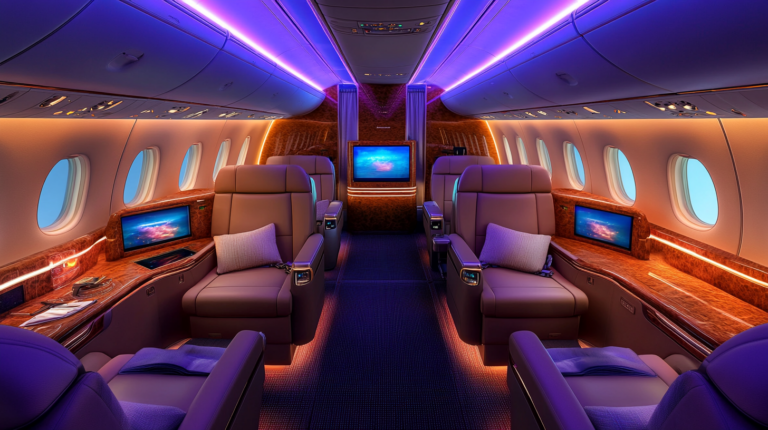Bulkhead Secrets: The Pros & Cons for Savvy Flyers
I’ve spent countless hours in airports and on planes, trading seat-hunt stories with fellow travelers—only to hear bulkhead seats come up again and again as the front-row VIPs of coach. Some folks swear by them for the legroom and fewer seatmates leaning into their space, while others argue they’re overrated. In my own experience, there’s a certain mystique surrounding these seats that’s hard to ignore. Let’s see if they really live up to the hype.
1. Where the Bulkhead Craze Began
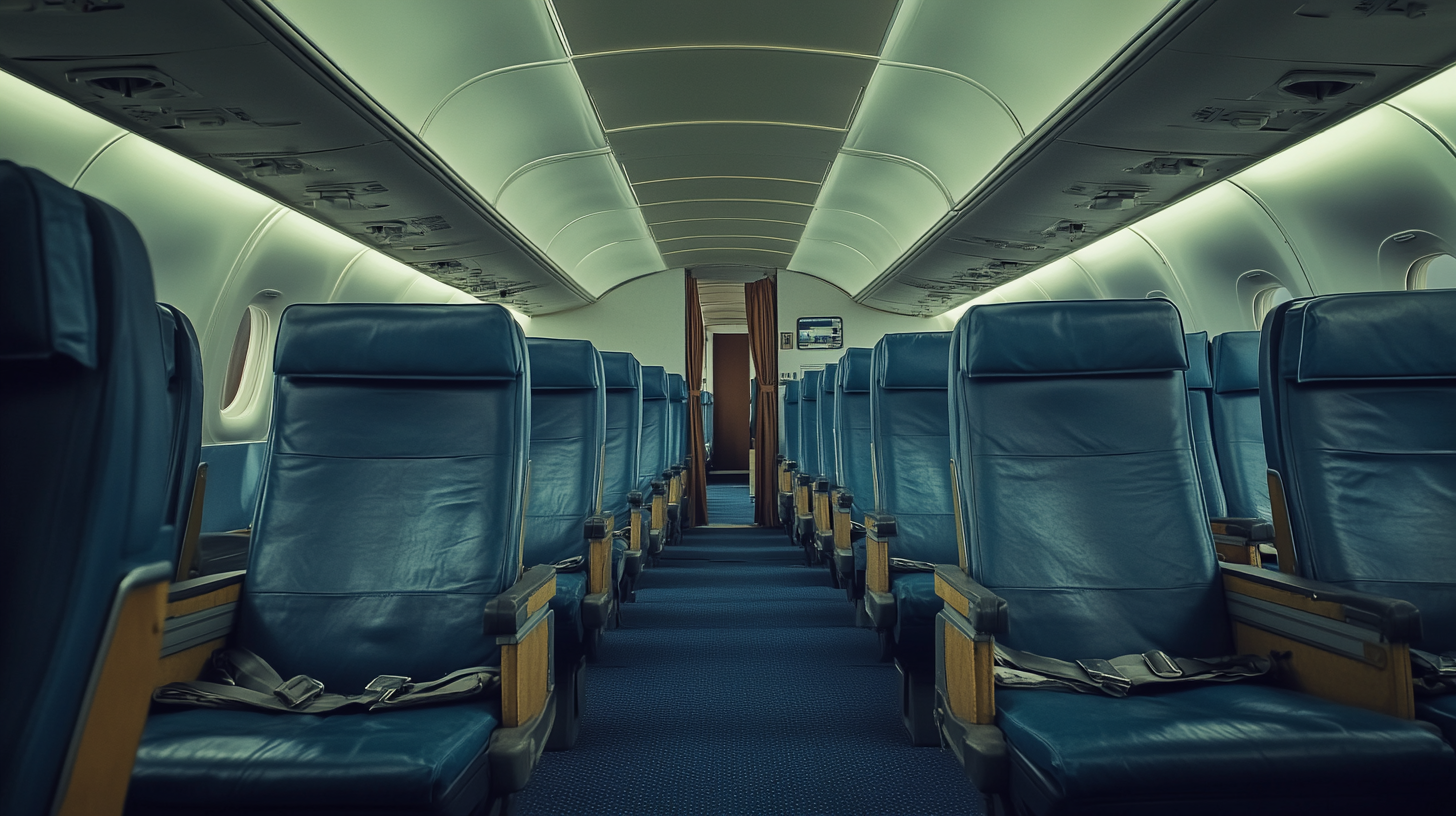
Bulkhead seats are those found directly behind a physical partition inside the cabin—think a wall that separates first class or business class from economy. This arrangement often leads travelers to expect more space since there’s no row of seats directly in front. I’ve noticed many first-timers stumble upon these gems, only to report they feel like they’re getting a splash of premium treatment without the price.
Anecdotally, I’ve spoken with friends whose fascination with bulkhead seating took root in the 1990s, back when airlines began promoting certain rows as “premium economy” alternatives. They’d see these seats listed in flight magazines, touting better legroom and an unobstructed view of the cabin. According to aviation enthusiasts on forums like FlyerTalk, some of the earliest mentions of “bulkhead benefits” came from travelers posting seat reviews after noticing a real difference in comfort. Over time, word of mouth created a cult-like following for those eager to book front-row economy seats.
However, not all planes are created equal. According to a 2024 review by the aviation data site Planesight, the actual extra space can vary depending on the airline’s configuration. Some bulkhead rows are incredibly roomy, while others barely offer an inch or two more than standard seats. It’s always wise to consult resources like SeatGuru before deciding if that extra cost (or that extra scramble to snag the seat) is truly warranted.
2. Why Frequent Flyers Are So Keen
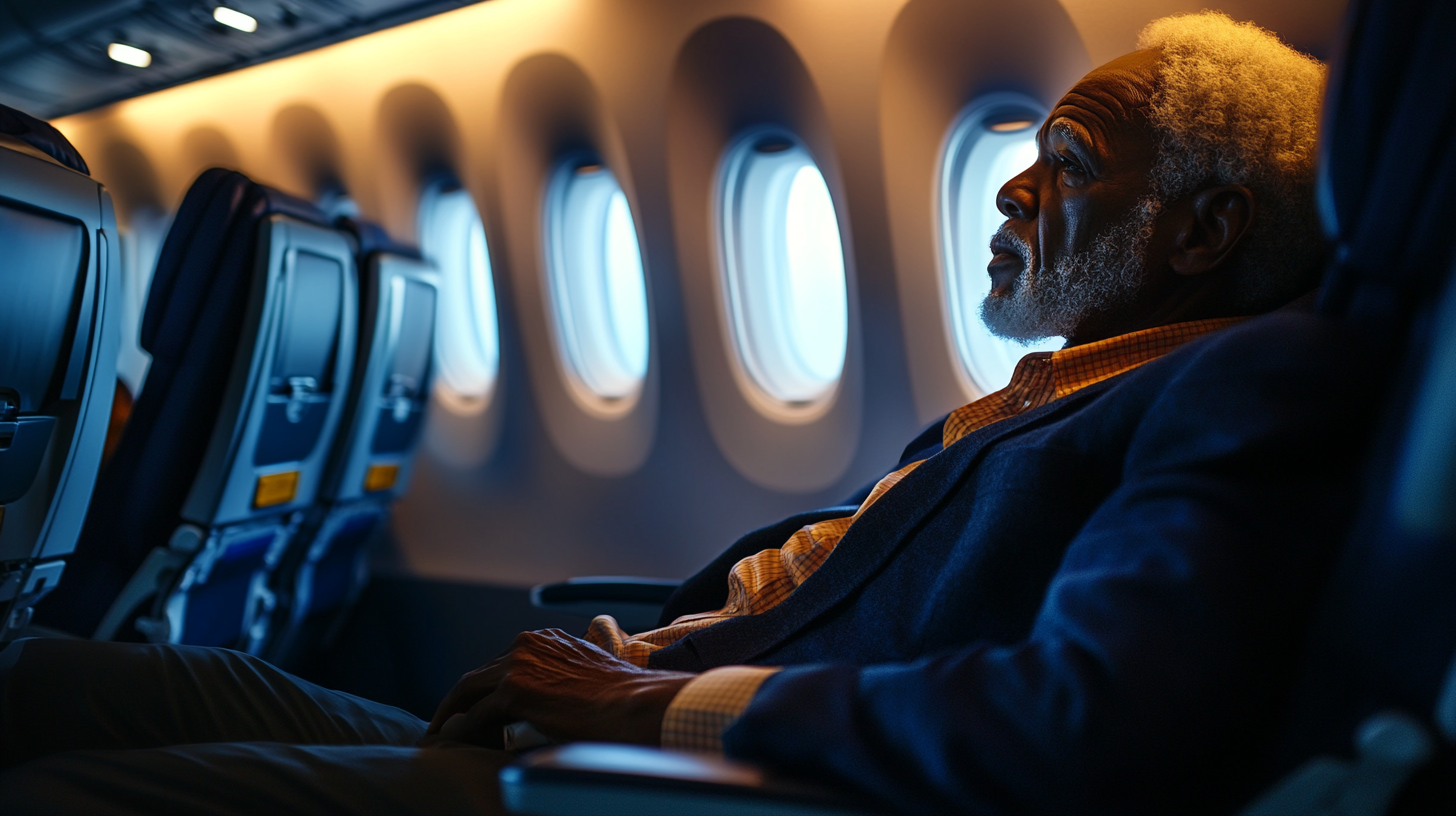
Plenty of frequent flyers see bulkhead seating as an oasis in a sea of cramped rows. The Upgraded Points survey of over 3,000 passengers found that window seats, overall, reign supreme—but in economy, many tie-breaking votes go to bulkhead rows for their legroom and lack of under-seat foot traffic. You often enjoy a sense of privacy, thanks to fewer passengers crossing your path, and you’re usually closer to the lavatory or galley.
I’ve observed the allure of bulkhead seats firsthand, from business travelers who need quick aisle access for laptop checks, to vacationers who want a little extra comfort without moving to first class. Johnny Jet, a well-known frequent flier, has noted that snagging these positions often requires either elite status or clever booking strategies. In my own travels, scoring a bulkhead seat felt like a victorious trifecta of breathing room, a streamlined boarding experience, and less clamor from neighbors. Still, it’s not all sunshine at the front of the economy cabin.
Some flyers are drawn by the promise of limited interruptions. You’re less likely to watch the person in front recline into your laptop or your tray table. A recent study from the Travel Insights Group suggests that one of the biggest grievances among economy travelers is seat recline wars, and sitting up front can lessen that frustration. It’s also psychologically pleasing to see fewer heads ahead of you—making the flight feel just a bit more open.
3. The Surprising Drawbacks
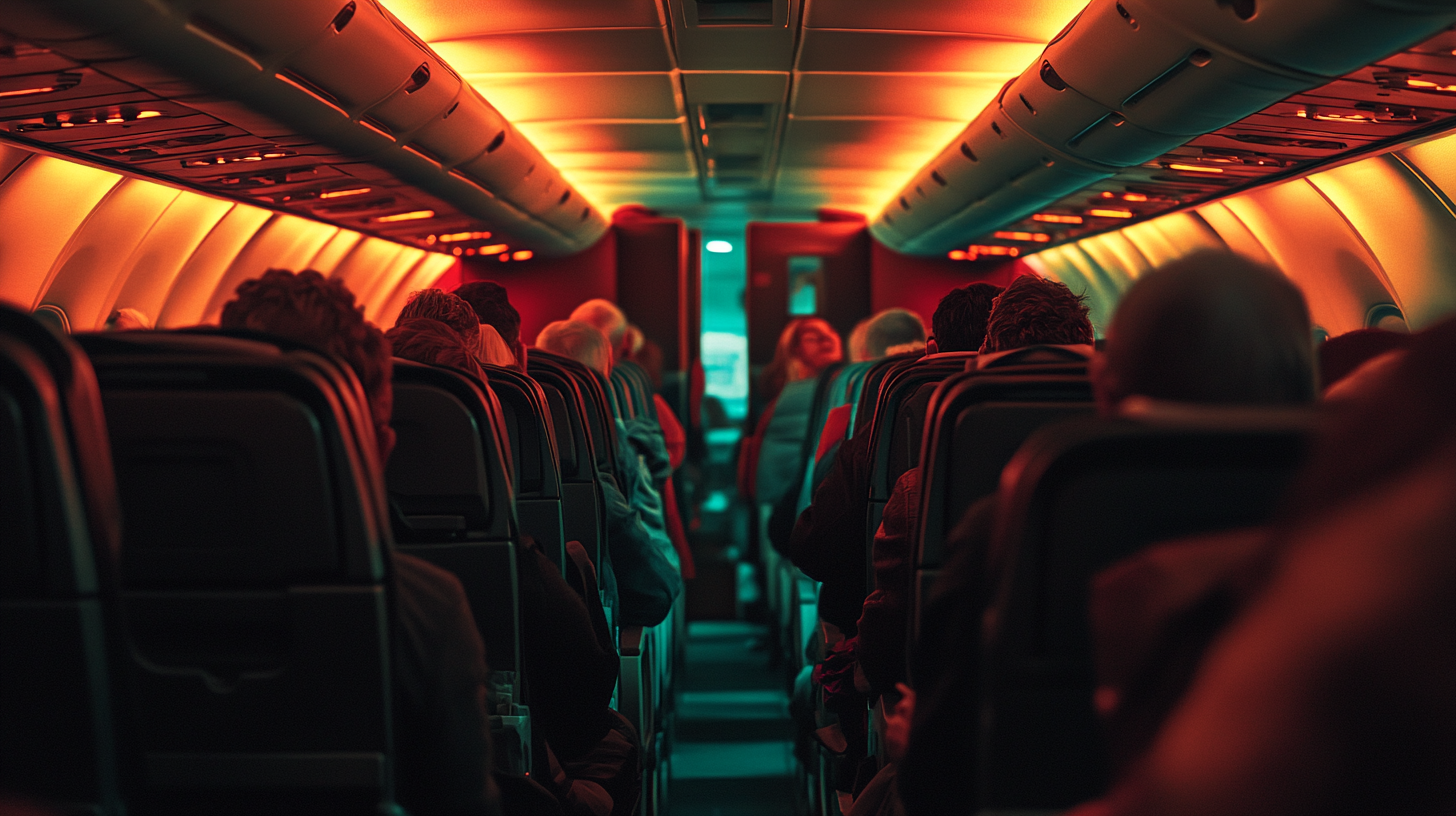
As much as I love a good bulkhead seat, I’ve also faced my share of disappointment when reality set in. Sometimes, these seats have immovable armrests or narrower seat widths because the tray tables and entertainment systems are stowed in the arm compartments. It’s not unusual for your carry-on to be forced into the overhead bin, since there’s no seat in front to slide it under.
There’s also the risk of unexpected reassignment. Consider the story of Ethel Simon, who had a critical need for a window seat in the bulkhead row after hip surgery. She was bumped for a passenger traveling with a cello—an odd but valid scenario, as airlines sometimes prioritize special large items or accommodate medical needs. United Airlines also confirmed that bulkhead seats typically go to Premier Mileage Plus members first, meaning if you’re not among the elite, you may lose out even after booking.
In one of my recent flights, I was seated next to a family with infants, and while they seemed lovely, it meant a bassinet was attached to the bulkhead wall. Overnights are a lot less restful if you’re in the middle of a baby’s bedtime drama. The reality is that bulkhead seating is a premium commodity, often locked behind status or extra fees, and occasionally comes with trade-offs that might surprise you.
4. Strategies to Snag a Bulkhead Seat
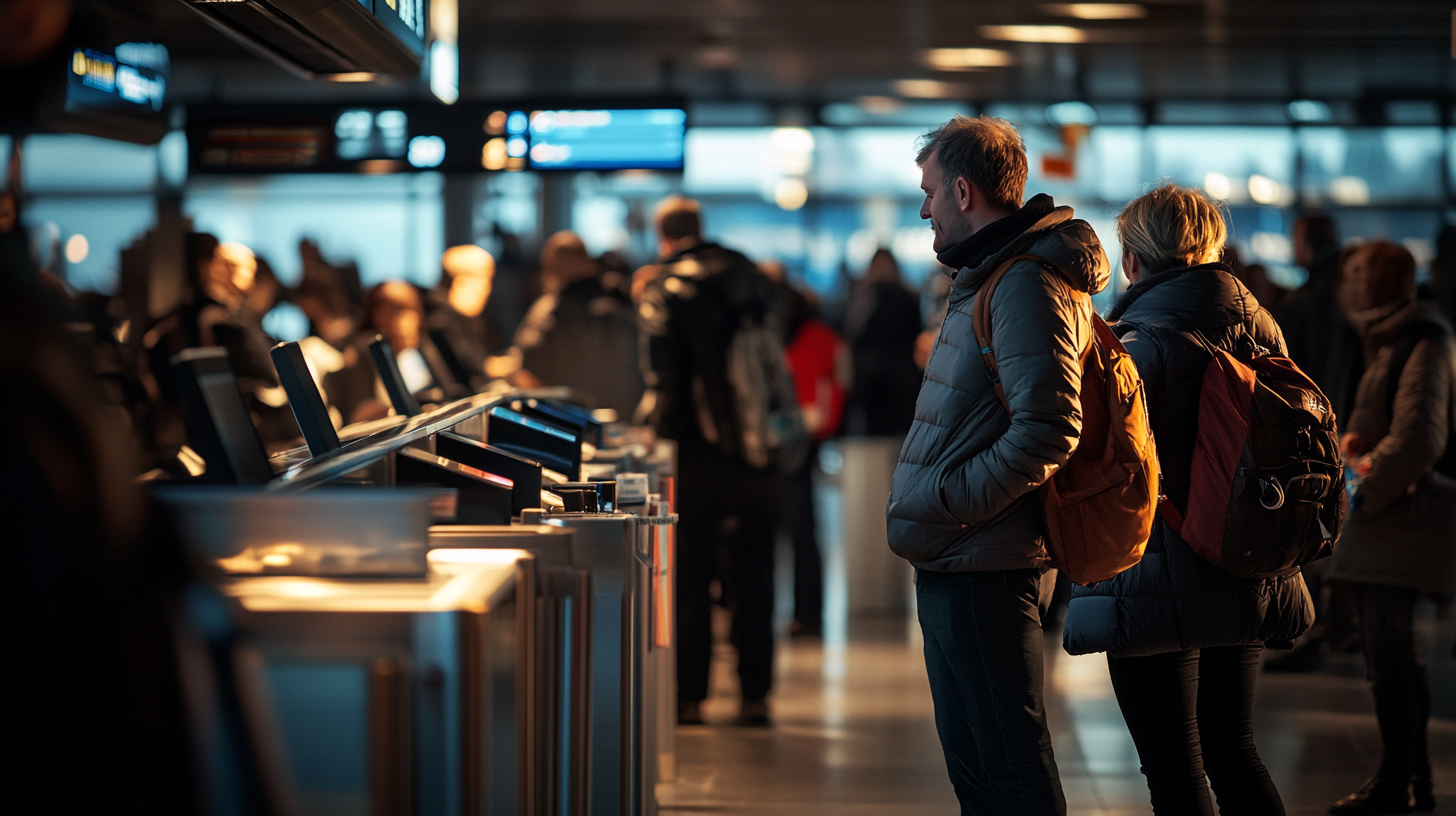
Friends always ask how I’ve managed to land these seats when I don’t always have top-tier status. My first tip: seat-map sites like ExpertFlyer and Seat Alerts allow you to track available spots and get notifications if a bulkhead seat opens up. In some cases, I’ve also called the airline’s customer service or reached out on social media to inquire—polite persistence can go a long way.
Many travelers, including the adventurous Eloise Fouladgar, have recommended playing the loyalty game or dressing well to hint you might be a premium flyer. While mileage programs and a neat outfit can help, I’ve found that a proactive check-in strategy is just as crucial. Check your airline’s mobile app early and often. Sometimes, bulkhead seats get released near departure if they weren’t claimed by elite members.
A personal favorite tactic: if your travel dates are flexible, try booking mid-week or off-peak flights, as the competition for prime seats tends to be lower. Johnny Jet has famously suggested offering a small box of treats or a kind word to gate agents—it might not guarantee a seat change, but friendly gestures never hurt in the chaotic world of airline travel.
5. Where Loyalty Programs Fit In

Loyalty programs can be both your best friend and your worst enemy when it comes to bulkhead access. Travelers like SuzAnn Brantner speak passionately about sticking to one airline—Delta, in her case—purely for the sake of sustaining top-tier benefits. Those benefits might include having first dibs on these special seats, along with perks like early boarding and fee waivers.
However, I’ve also encountered flyers who resent the shifting reward structures of airlines, claiming it’s getting harder to maintain the necessary status to secure bulkhead or exit-row perks. I understand the sentiment—earning and burning miles in 2025 can be more complicated than it was just a few years ago, and each airline’s rules seem to evolve overnight.
Fodor’s Travel encourages its readers to stay informed, highlighting the importance of newsletters, travel communities, and up-to-date seat maps for making the best decisions. Managed by MH Sub I, LLC dba Internet Brands, Fodor’s clarifies that its website policies—from Contact Us pages to Cookie Policy—are consistent with digital standards today, noting ©2025 on its pages. Ultimately, it’s all about arming yourself with knowledge to make seat selection less stressful. Dedicated travelers keep tabs on merges or alliances that might unlock additional seat privileges, so it pays to stay updated.
This page may feature affiliate links, though sources emphasize unbiased reviews, which are fact-checked by NerdWallet. And trust me: planning ahead is everything. If you don’t keep a close eye on your gate number or the distance between terminals, you might miss your flight—even if you did snag the bulkhead seat of your dreams. In the end, only you can decide whether the pluses outweigh the minuses when it comes to seats on the bulkhead row.
Final Thoughts

Bulkhead seats can be the difference between feeling cramped and enjoying a semblance of extra comfort on your next trip. If you value space, easy access to the aisle, or simply prefer fewer people in your immediate line of sight, these seats may be worth the extra engineering. That said, their unique position in the cabin brings quirks like no under-seat storage and a potential higher price tag.
From my own experience, the decision often hinges on how frequently you fly, your tolerance for paying extra fees, and whether or not you can secure them through loyalty perks. If you’re traveling with family members who need quick in-and-out convenience, the bulkhead has distinct advantages—but if overhead storage space is a priority, you might find yourself jockeying for bin space before you even take off.
Bulkhead seating remains a hotly debated topic in frequent flyer forums for good reason. It’s not a one-size-fits-all solution, but it can offer a taste of premium comfort in an otherwise crowded cabin. Weigh your options, do your research, and consider how a slightly different perspective—right behind that partition—could change the way you experience economy class.
Barry B.’s Take
From where I sit, bulkhead seats strike a fascinating balance between practicality and indulgence. On some trips, I’ve absolutely cherished the extra leg stretch and the sense of space that comes from not having someone recline into me. On others, the lack of nearby storage or a complicated path to my carry-on made me wonder if it was truly worth the trouble.
My recommendation? If you have the opportunity, give bulkhead seating a try—at least once. You’ll quickly see if the perks align with your travel style. And if they do, you’ll have a new go-to strategy for making your next flight that much more enjoyable.
Stop by milesBUZZ for the latest flight tricks and travel news!



